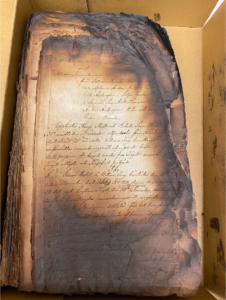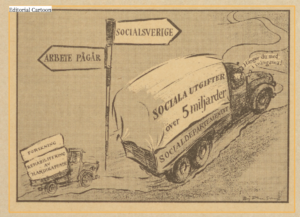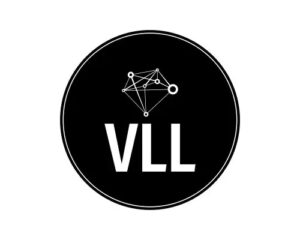Research Spotlight
We are working towards building effective ways to represent the rich combination of different types of information at our disposal such as visual, textual and numeric. With intricate and informative representations, AI models can become more expressive and effective.
Data sources of interest include historical manuscripts and cultural heritage collections, images, medical reports, and human action videos.
Read more about our research spotlight at the Beijerstiftensen here (interview in Swedish) and here (English).



